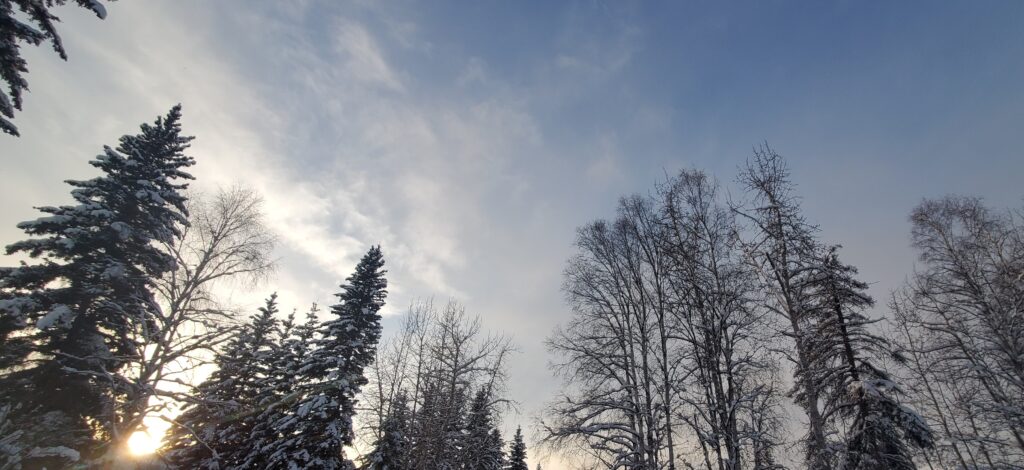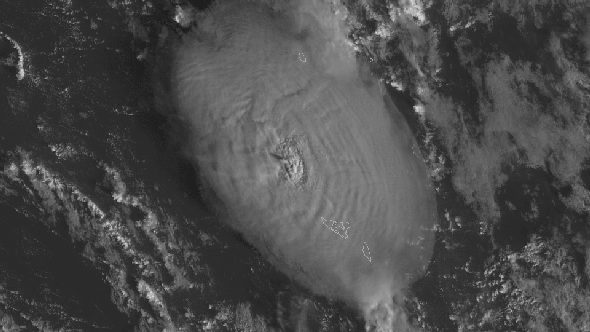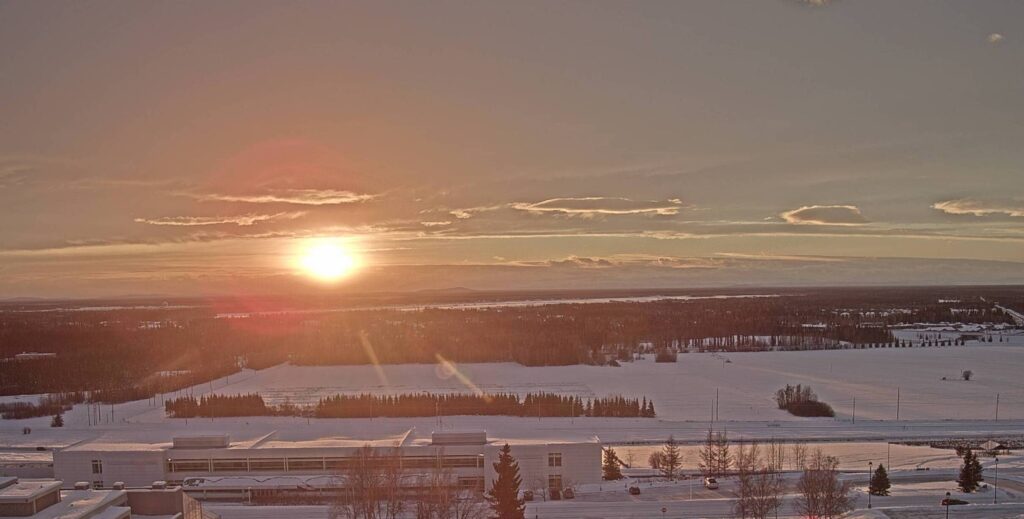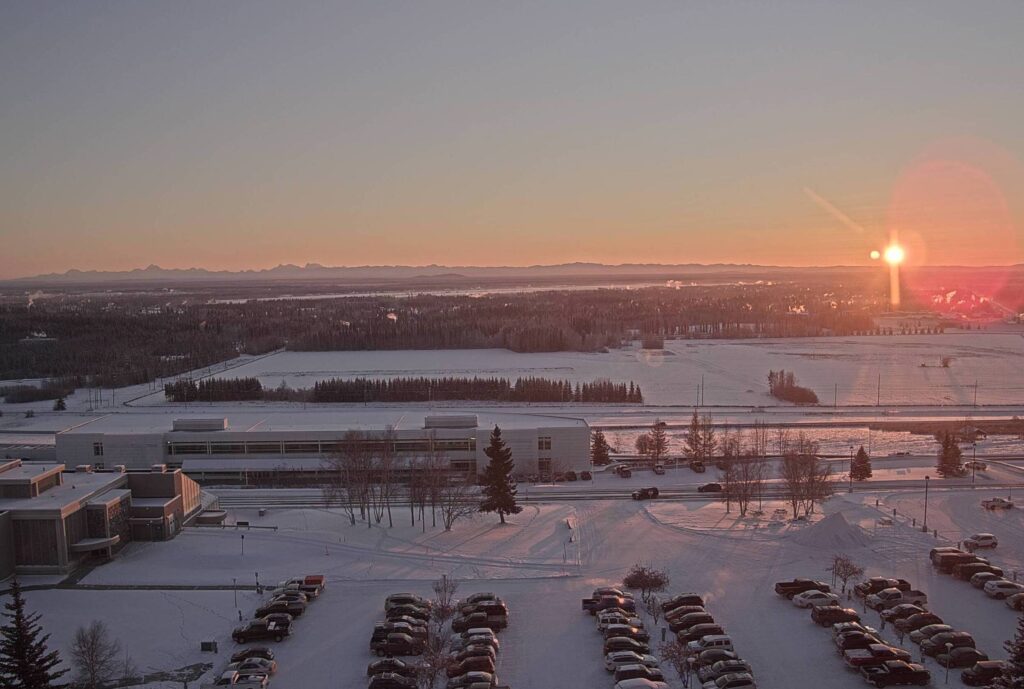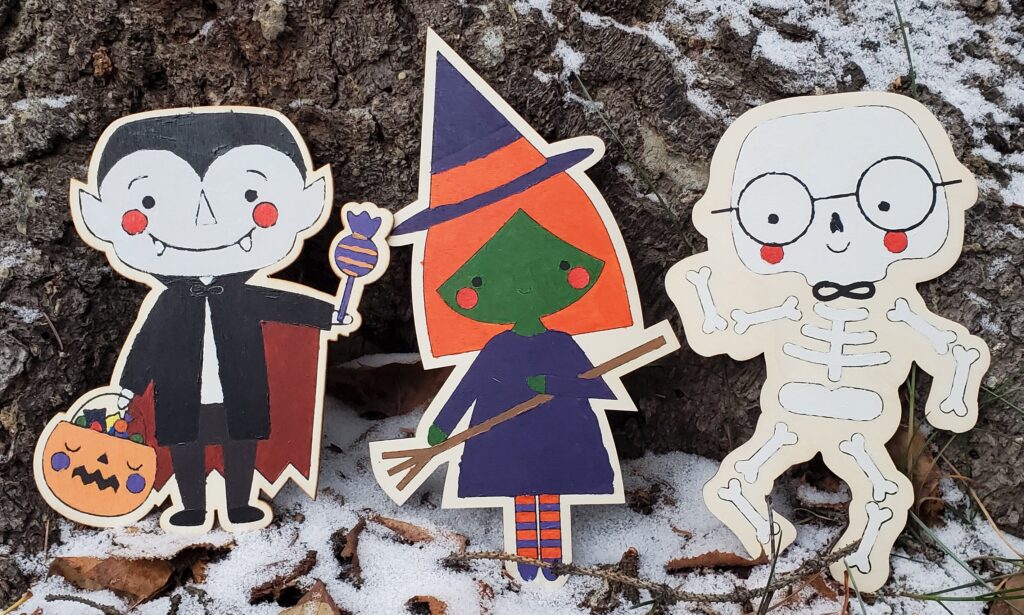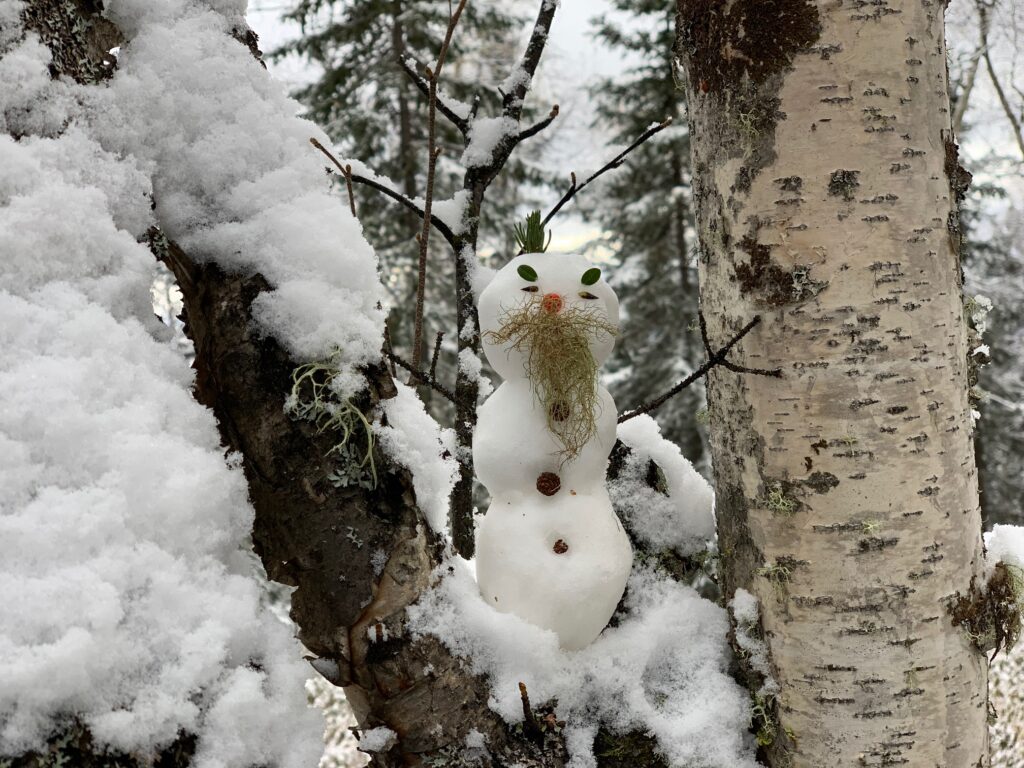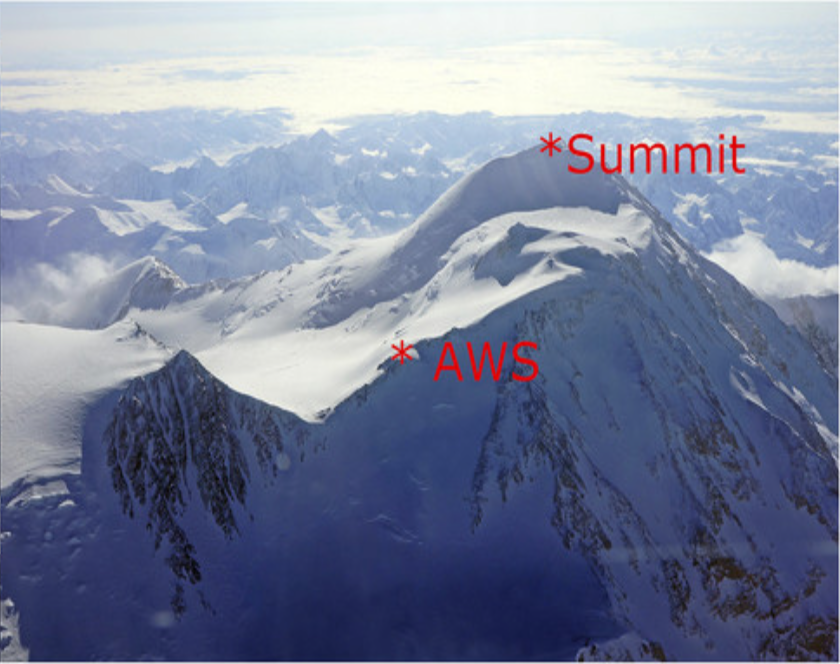Snow Summary
The end of February is fast approaching, and with it meteorological winter is coming to a close in the northern hemisphere. However, that does not necessarily mean that winter is over in Alaska. Below are charts of accumulated snowfall and snow depth for for Anchorage, Fairbanks, and Juneau. The charts include values for the 2021-2022 […]

